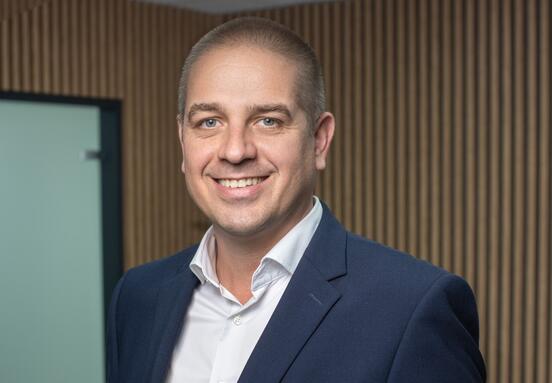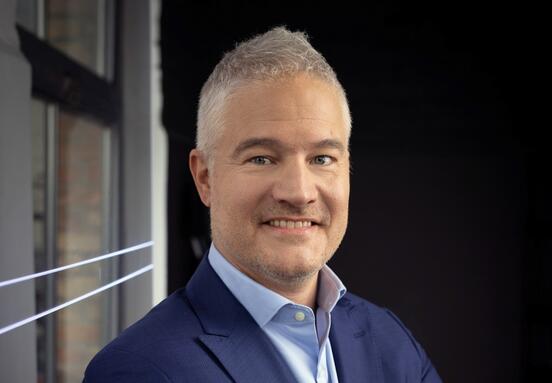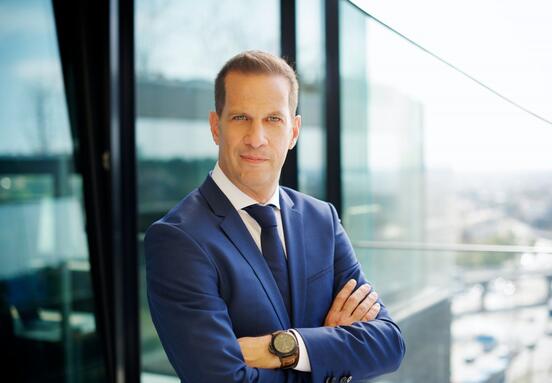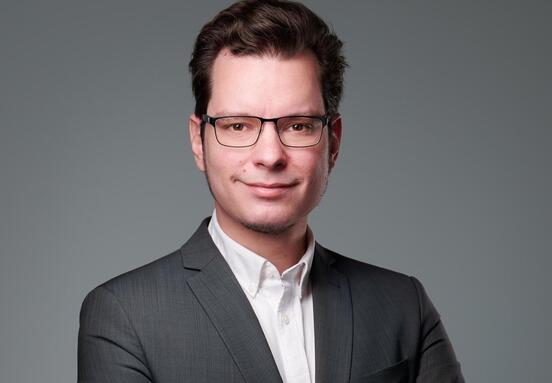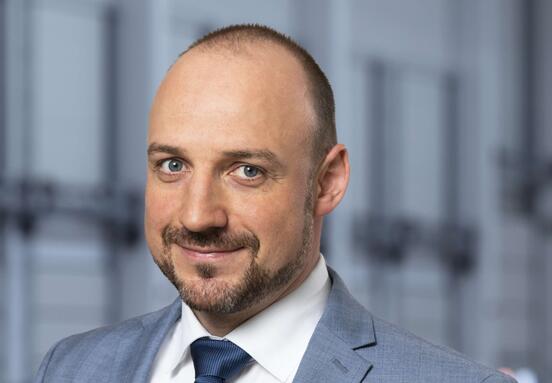- The term on your business card “customer experience” needs no explanation in the context of offices, but what does it mean in the logistics market?
- “Customer experience” is almost self-explanatory for logistics as well, and in essence means the same as for office blocks. We strive to get to know our customers’ operations as closely as possible to be able to serve their needs even better. Indeed, an increased number of interactions allows us to anticipate the kind of requests customers will turn to us with before they even ask. This leads to shorter reaction times, more accurate answers and more satisfied customers. Our primary goal is to deliver excellent quality logistics spaces combined with a level of customer experience that will make our partners want to stay with us in the long term: when their leases expire, for example, and they must consider whether to renew or move. Another aspect is that these “large boxes” – that is, our buildings – are far more exciting, and conceal much more, than may be apparent at first glance. They consist not just of four walls and a roof, but also a multitude of colorful, vibrant activities and communities which ultimately serve consumers. Prologis parks in Hungary were the first in our Central Europe portfolio to include five-a-side football pitches and outdoor relaxation zones as part of our customer-centric PARKlife initiative. Another way in which we increase trust and customer satisfaction is through thinking in the long term; we have been present in the Hungarian and other regional markets for many years, and further development and expansion feature in our plans.
- More exciting?
- Absolutely. Here’s just one example: 60% of customers in our Hungarian portfolio provide logistics services, and the rest engage in assembly and production activities. This is one reason why the work undertaken in our parks is so diverse.
- How does this translate into numbers?
- We own 4.2 million square meters of industrial real estate in the region, with 630,000 square meters in Hungary. Recently, we purchased a 13-hectare development site on the outskirts of Szigetszentmiklós, which will become Prologis Park Budapest-Sziget II. With this new site, we have expanded our Hungarian portfolio in Szigetszentmiklós considerably. The land is located just across the road from our fully developed and leased Prologis Park Budapest-Sziget, next to the M0 motorway, a major logistics artery. The site has two direct access points to the motorway, ensuring excellent connectivity with all major transport routes. Sziget II is ideally placed within city limits and has all the necessary permits and development potential for two modern facilities totaling 60,000 square meters.
- It is often said that the pandemic has in fact favoured the logistics market. Can you confirm this?
- It is true that the logistics real estate market appears to be solid overall, and that our financial results for 2020 show that Prologis is capable of weathering downturns. In Hungary, we have a record low 98,4%, occupancy rate, with the majority of our customers choosing to extend their lease contracts with us to ensure stability and business growth in prime locations. This is due in part to the transformation which the market has undergone, and in part to satisfaction levels among our customers, which are vitally important to us.
- By the transformation in the market, do you mean the effects caused by the pandemic?
- The level of transformation in trade and logistics previously forecast for a five-year period has taken place over five months, and it looks like consumer patterns have changed permanently. Driven by the stay-at-home economy, online retailing surged and remained at peak levels throughout 2020. This boost to e-commerce is clearly having a knock-on effect on the development of the industrial real estate sector. The reorganization of distribution chains and increasing stocks has generated significant demand, which we strive to serve in the most customized way possible.
- So, the demand is there – but were you able to fulfil your plans last year?
- 2020 was undoubtedly a difficult year for everyone, and for us, the most important consideration was the health and safety of all our employees and customers. By taking the correct precautionary measures, such as creating extra social facilities for truck drivers, we managed to maintain “business as usual” with all our parks open – that is, without closures due to the pandemic. The DC 11 building at Prologis Park Budapest-Harbor was successfully completed, and the transaction for the new site mentioned earlier went through smoothly.
- The site purchase is interesting. Driving along the M0 motorway, the ringway encircling Budapest, it seems there is not even one single square meter available for development. But yet you found a place…
- Ready-to-go sites suitable for immediate development are few and far between. Development must be started and opportunities sought in good time. The desirability of the position of the M0 remains unchanged, because from this location both partner companies in Budapest and those in more distant regions of Hungary and abroad can be served through connecting motorways. For the time being, we believe operating in independent secondary markets in Hungary is not viable without the support of other areas.
- At the recent Prologis Business Coffee Break, which generated lively press and professional feedback, the exploitation of regional benefits concealed in synergies was raised a number of times. Could you give an example of this?
- In Europe, we have 18 million square meters of industrial real estate, and we have decided to share the benefits this affords us with our customers. In Hungary and elsewhere, our Prologis Essentials Marketplace platform passes on the advantage of our international purchasing power to our customers with regard to the procurement of forklift trucks, LED lighting and racking. Last year, in Hungary alone, we switched to energy-saving LED luminaires across an area of 120,000 square meters. This brings us back to the importance of customer experience – but it is also important because, in line with our global mission, Prologis develops and operates its buildings in an eco-friendly, sustainable way. Since 2008, all our developments have undergone BREEAM accreditation, and 7 of these BREEAM-accredited buildings are in Hungary. We design our new buildings using BIM, and deliver them with a ceiling height of 12 meters, thereby creating space for new storage trends and automation, which is becoming ever more popular. I believe that by giving the utmost consideration to partners’ needs and reacting swiftly to market changes, Prologis is one of the most competitive providers in Hungary and the region. We no longer offer just a product, but go beyond four walls and a roof to provide services that make customers’ lives easier, and that make their businesses run more smoothly. We offer an entire suite of services to enhance efficiency, customer satisfaction and sustainability, and this holistic approach towards customers, their employees, local communities and the planet is the difference that marks us out today.
Raktarkereso.info
(Building Information Modeling (BIM) is a software-based process for designing and executing construction projects which uses 3D building or structure models as a base. BIM is used for big projects worldwide, providing transparent project management and a high level of design safety for both clients and those involved in the construction process. Ed.)

